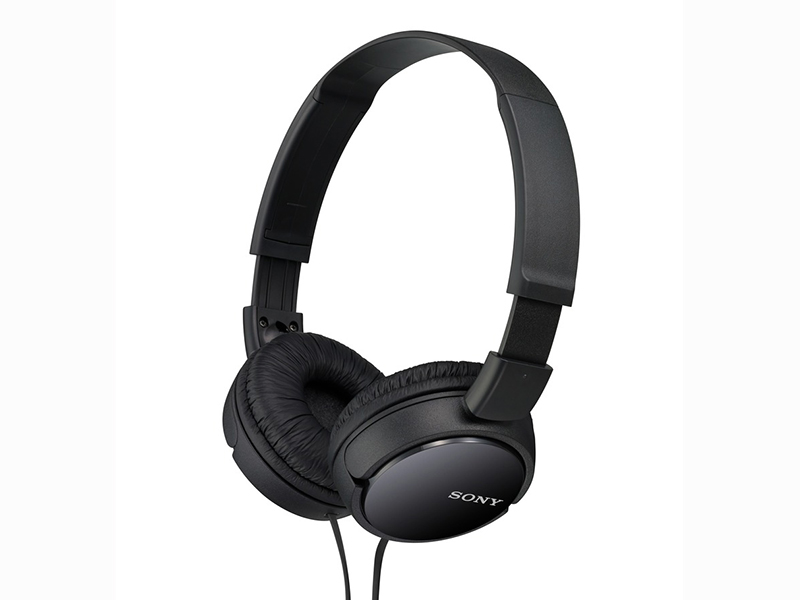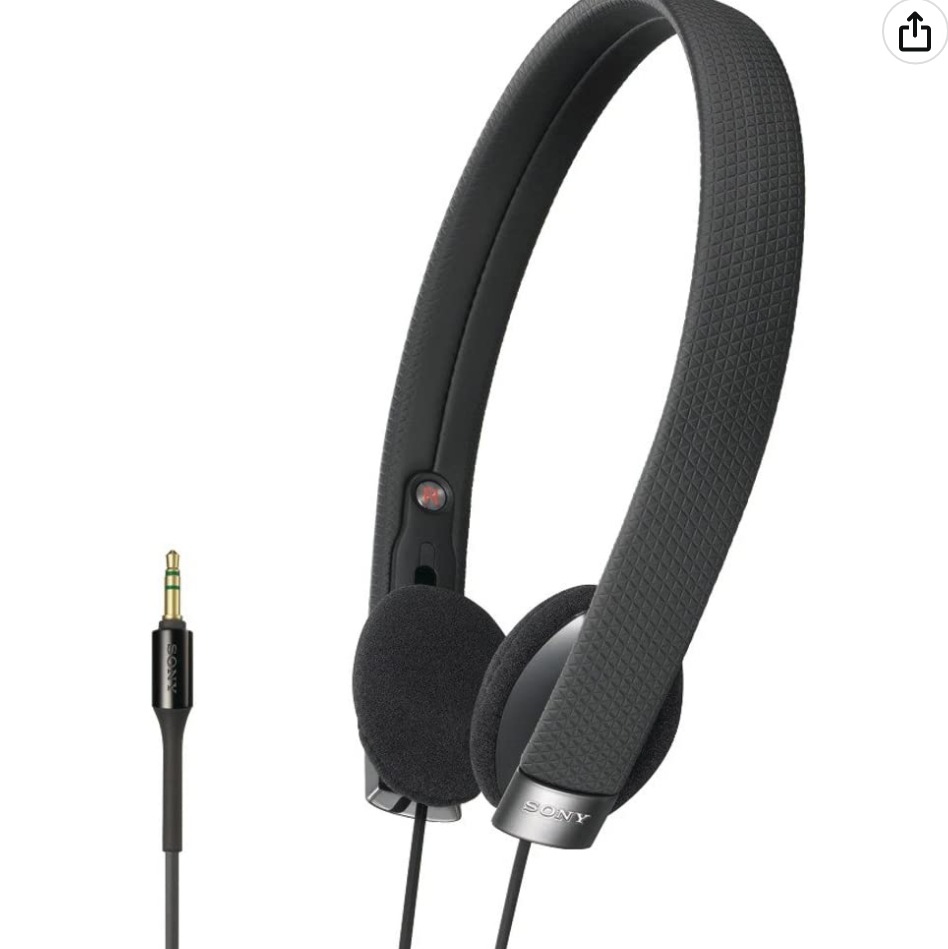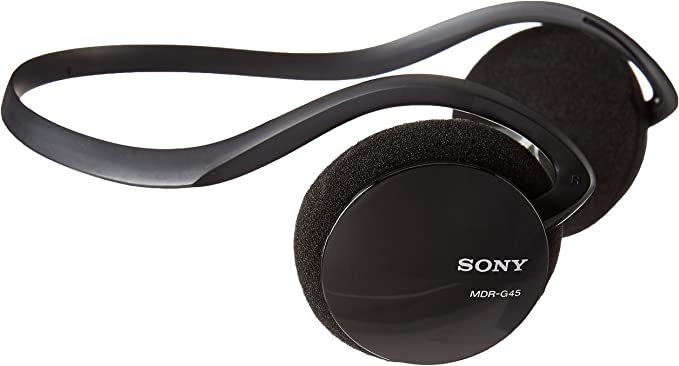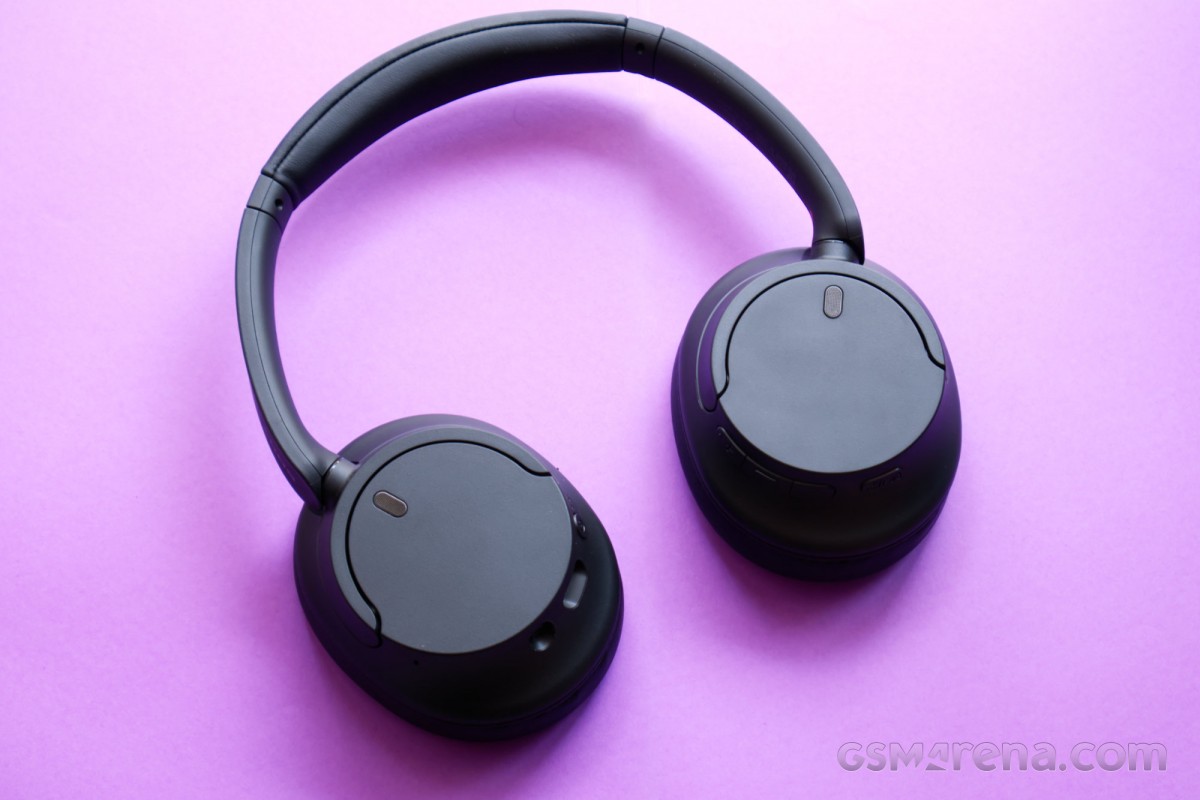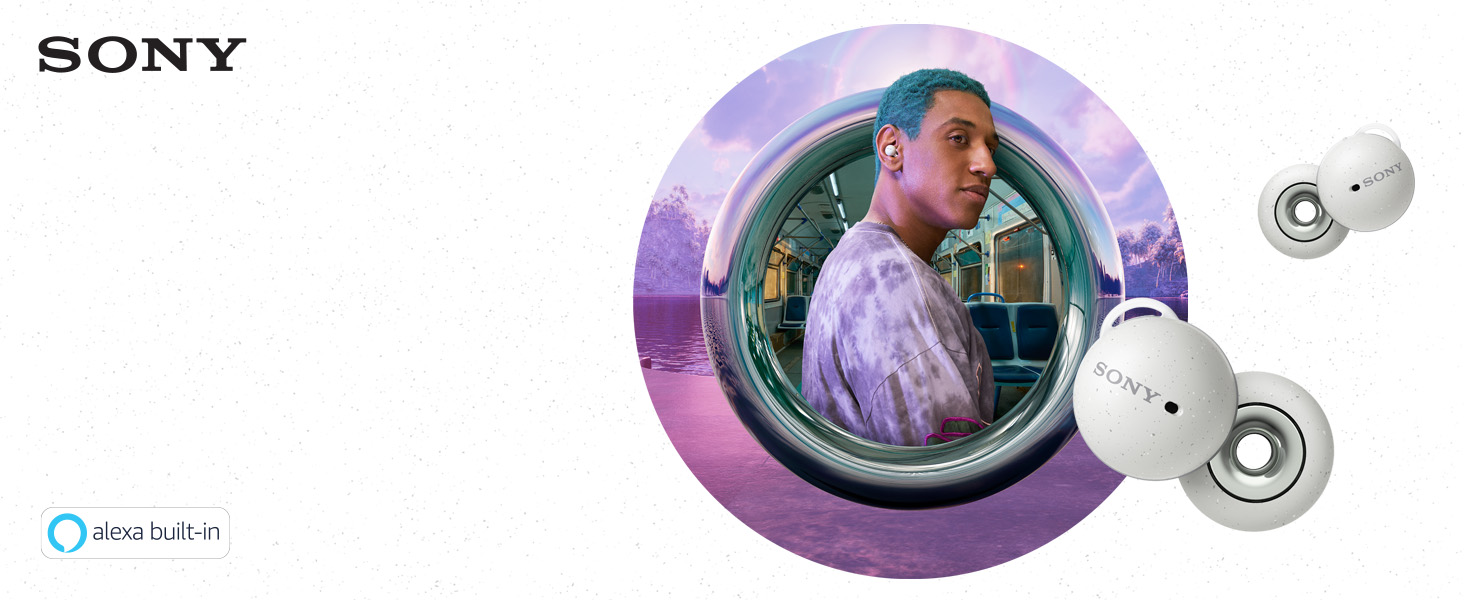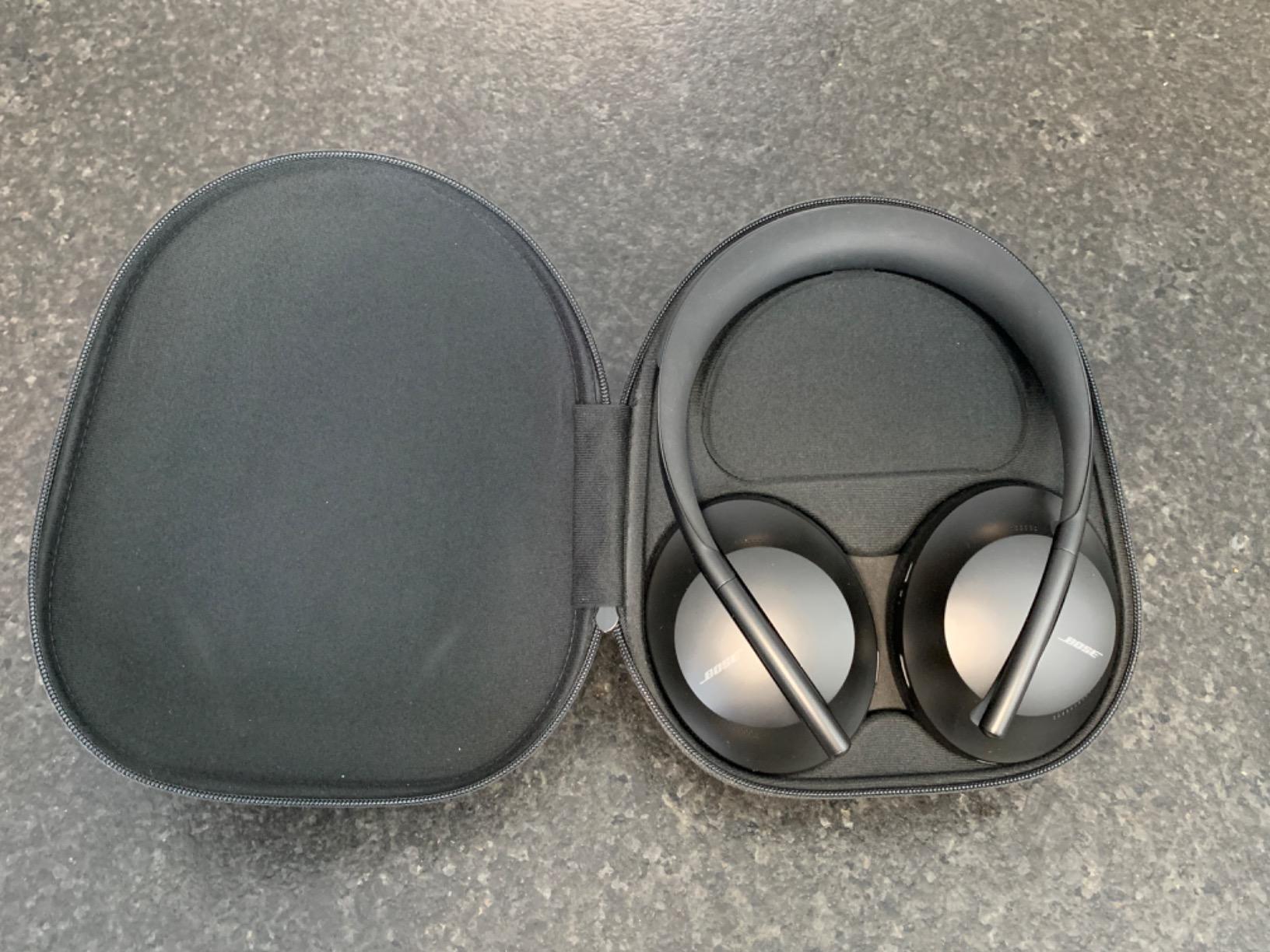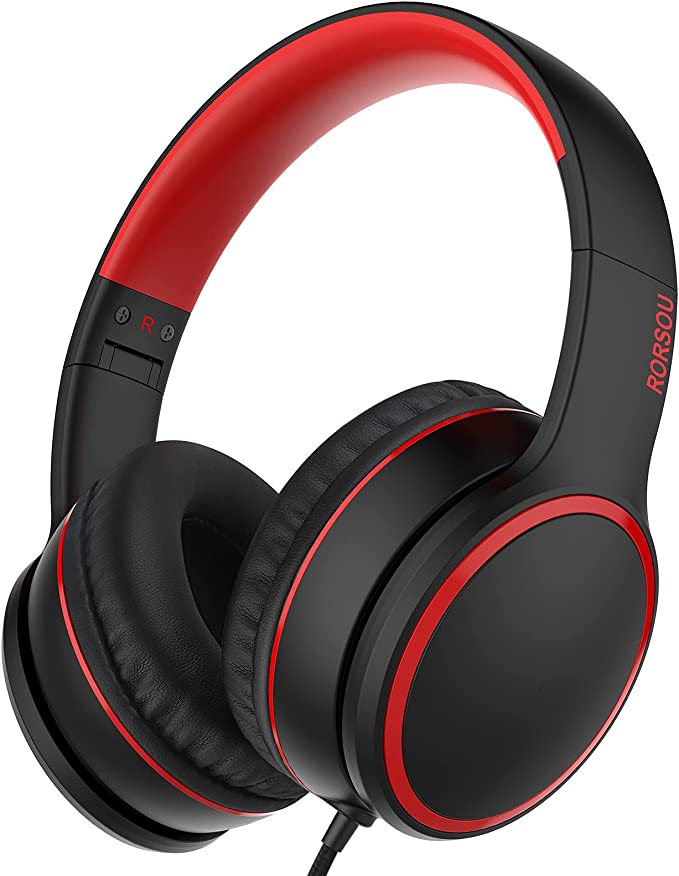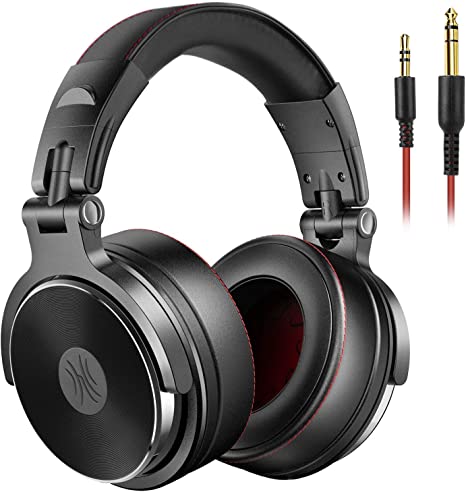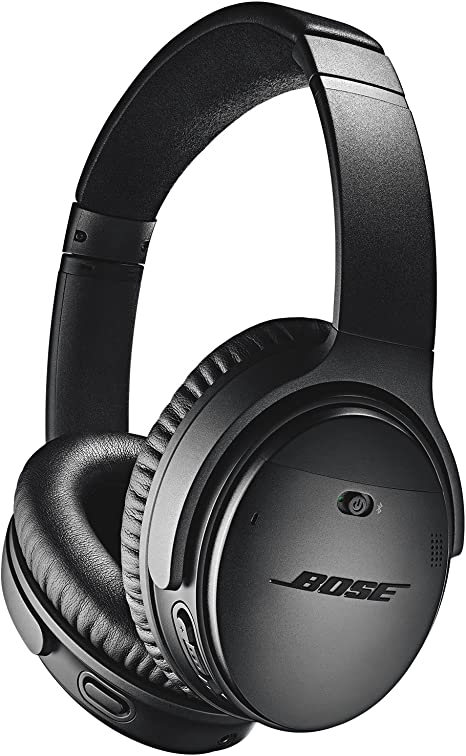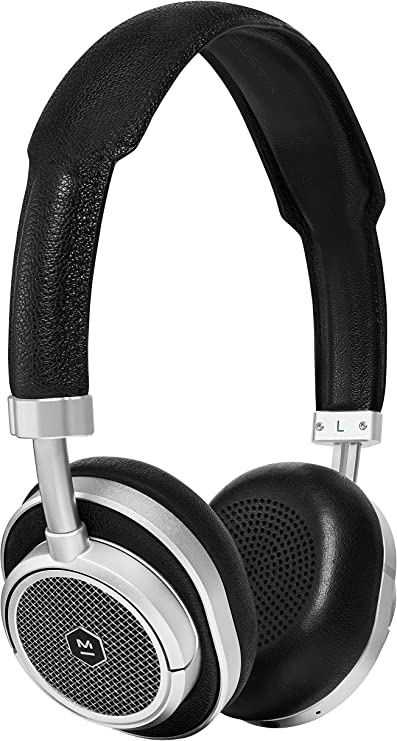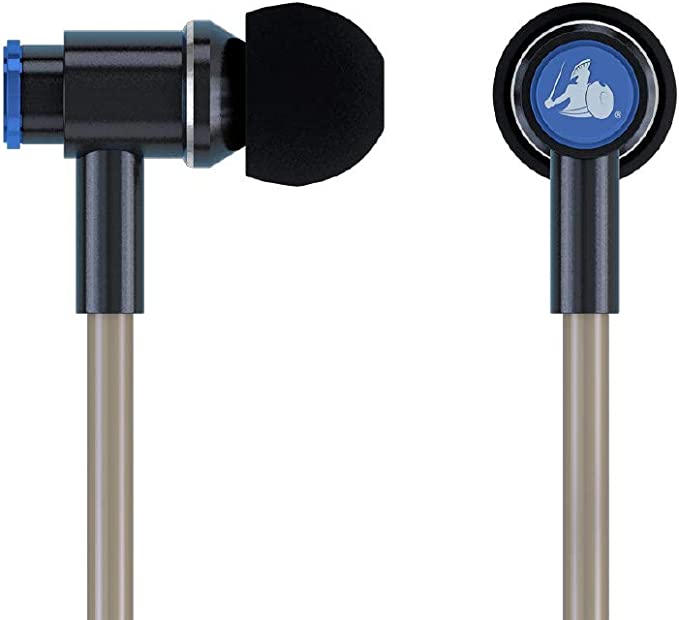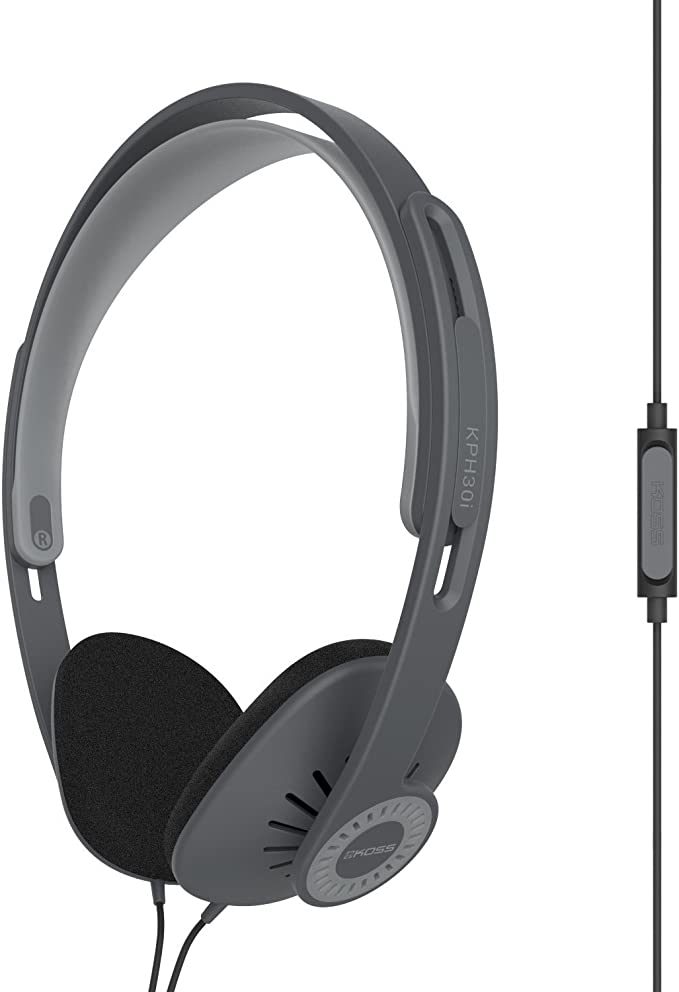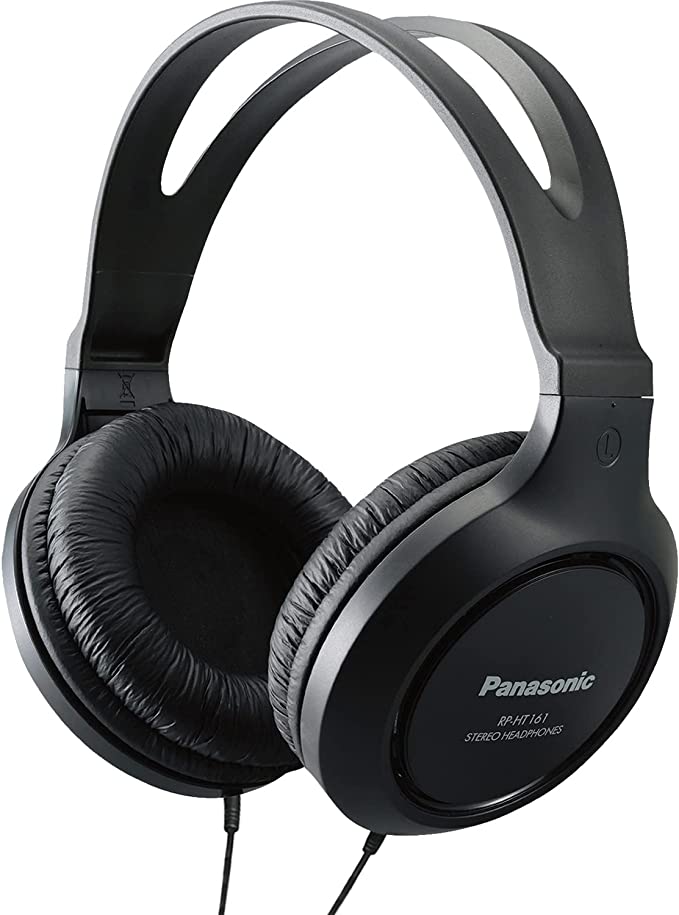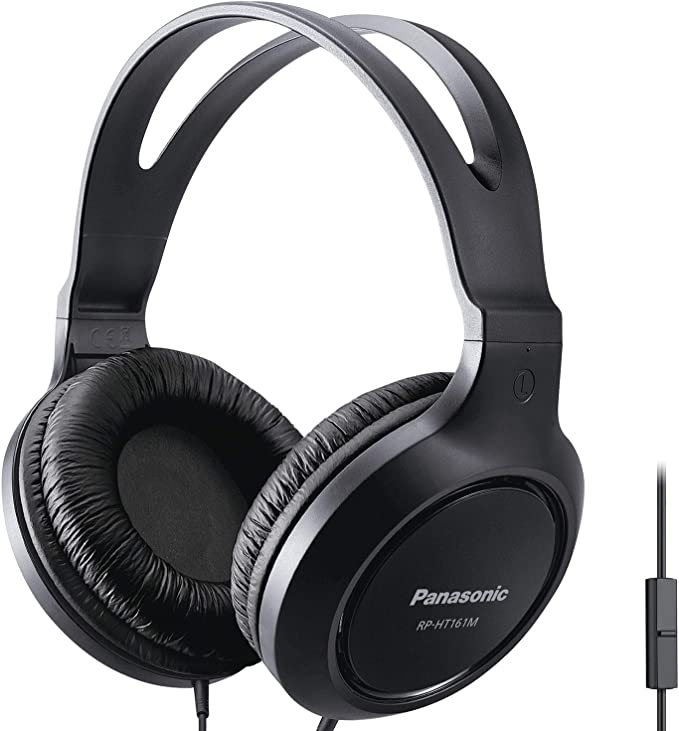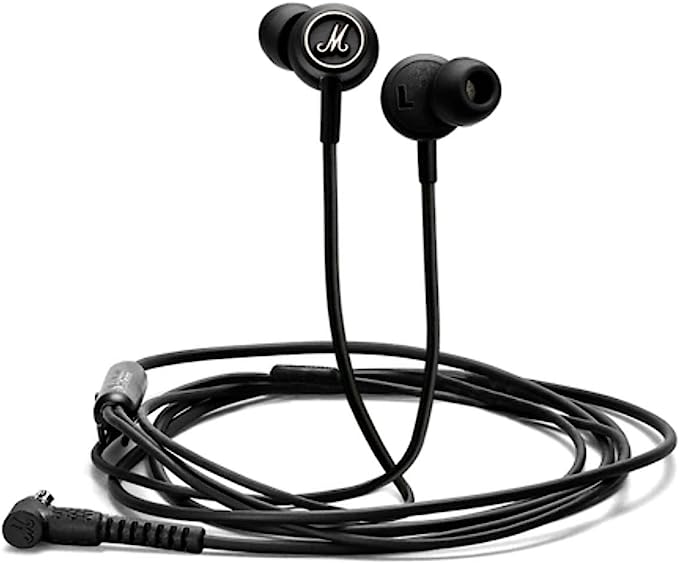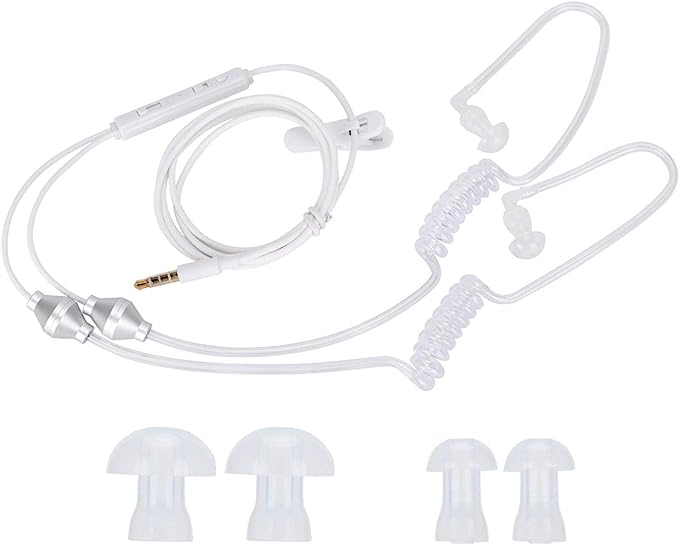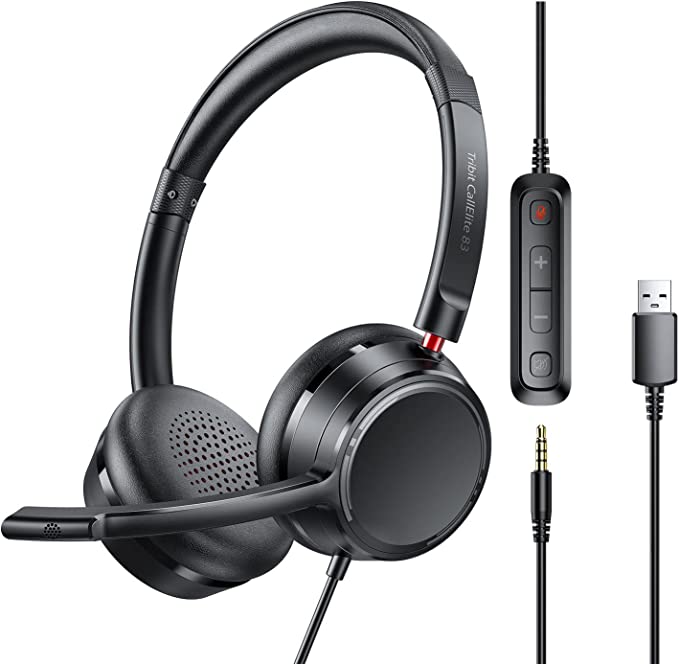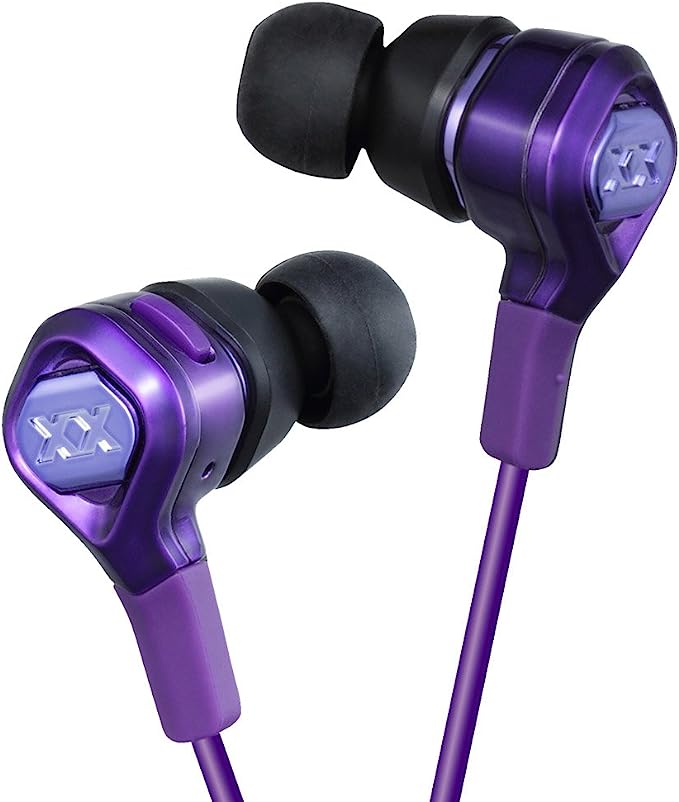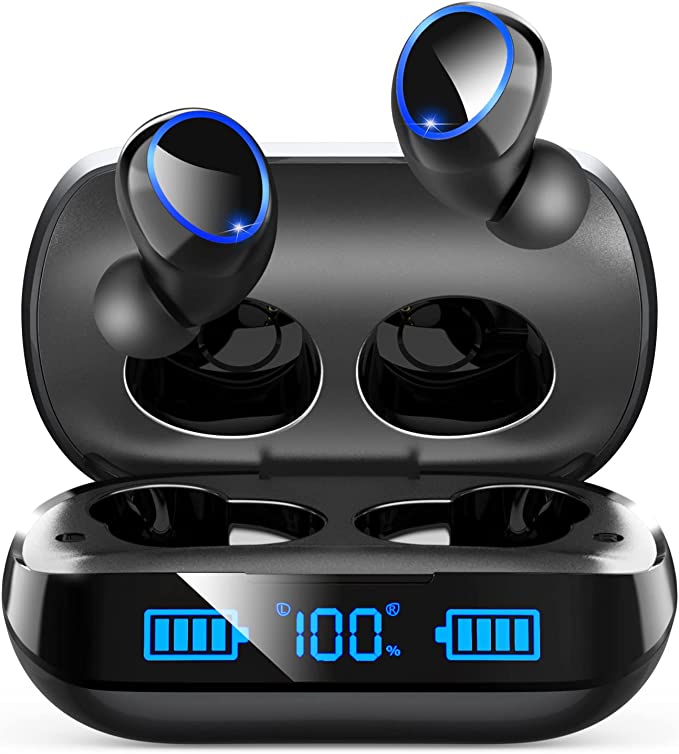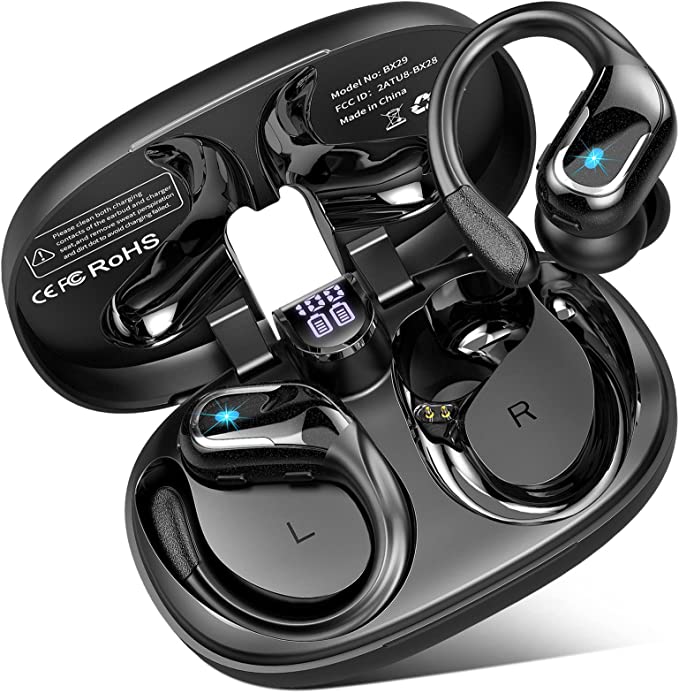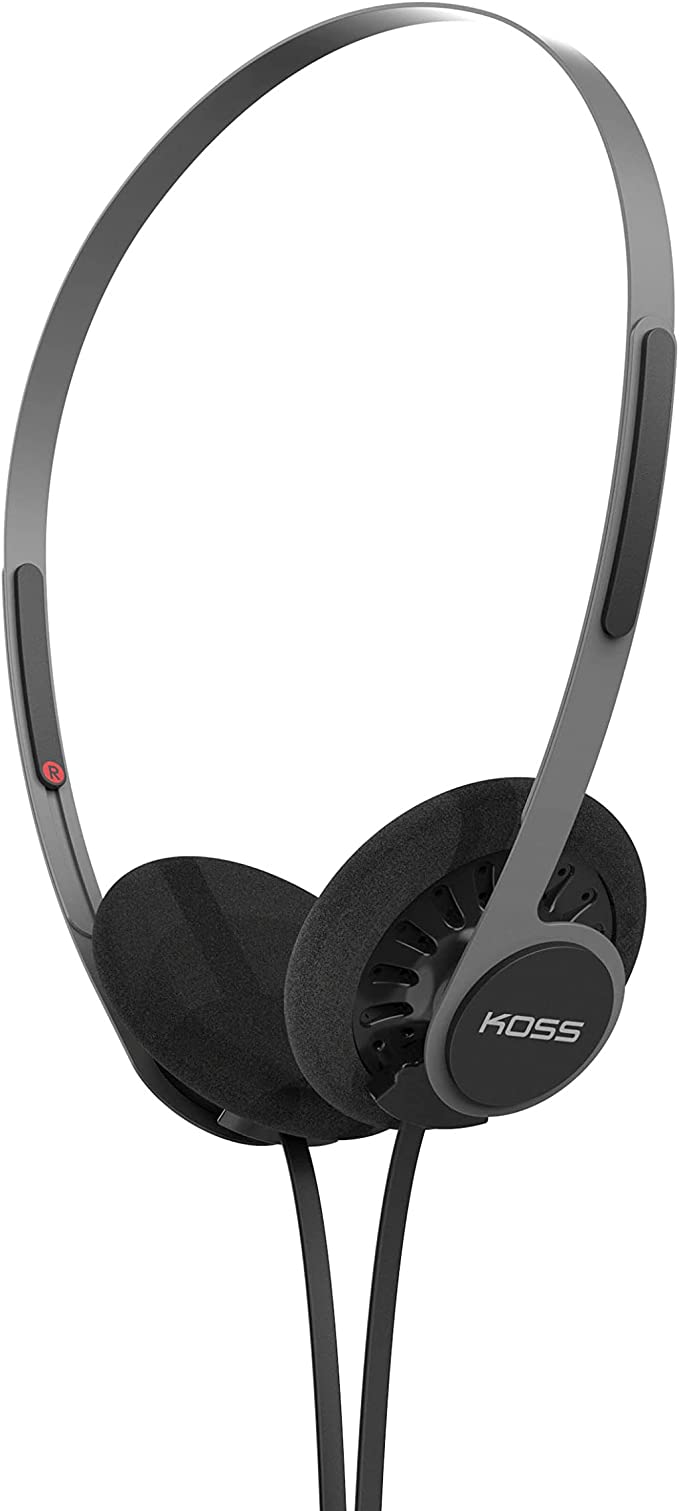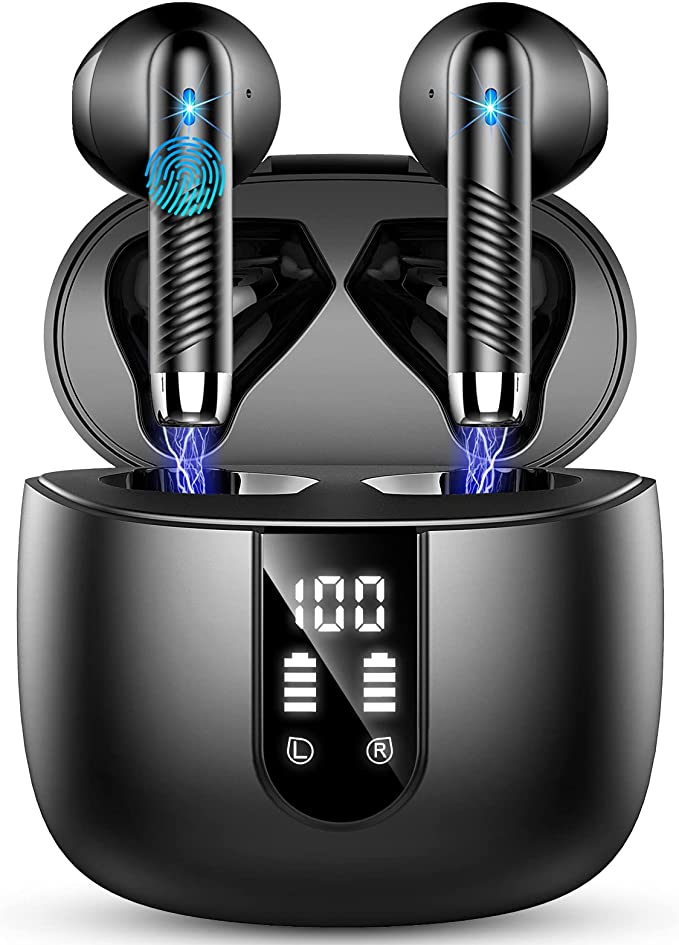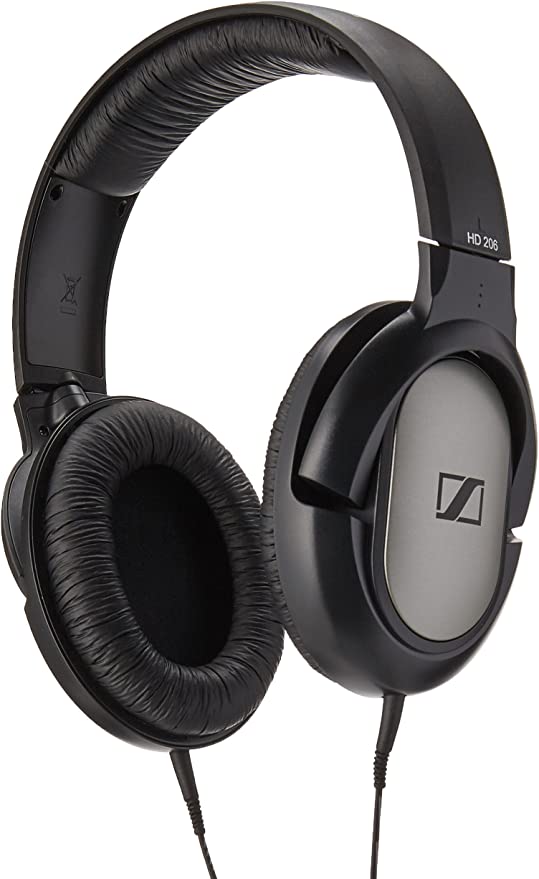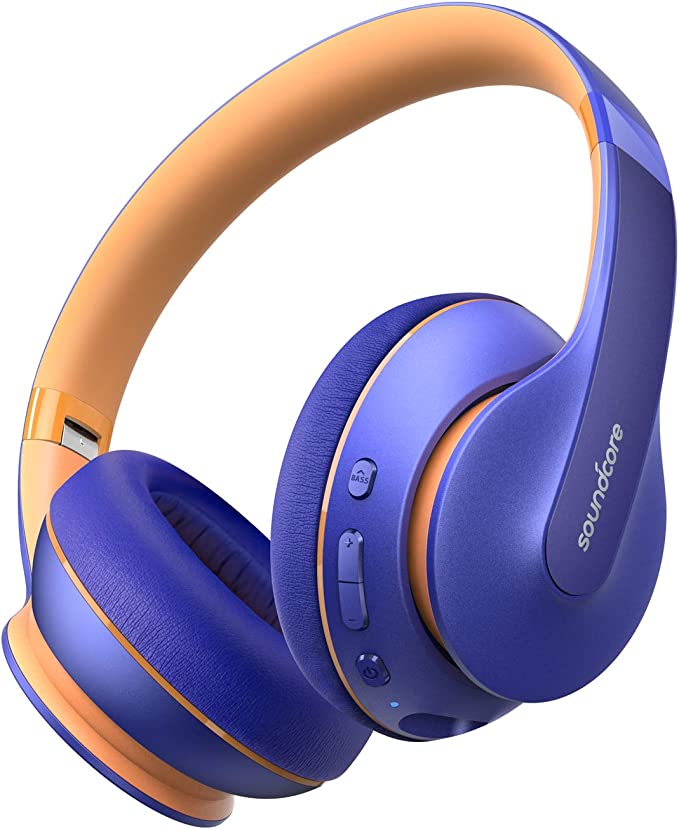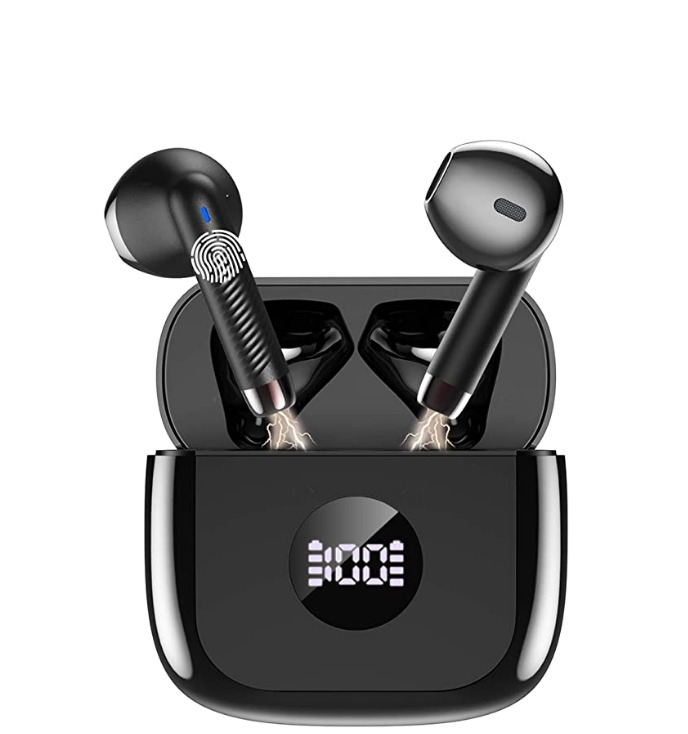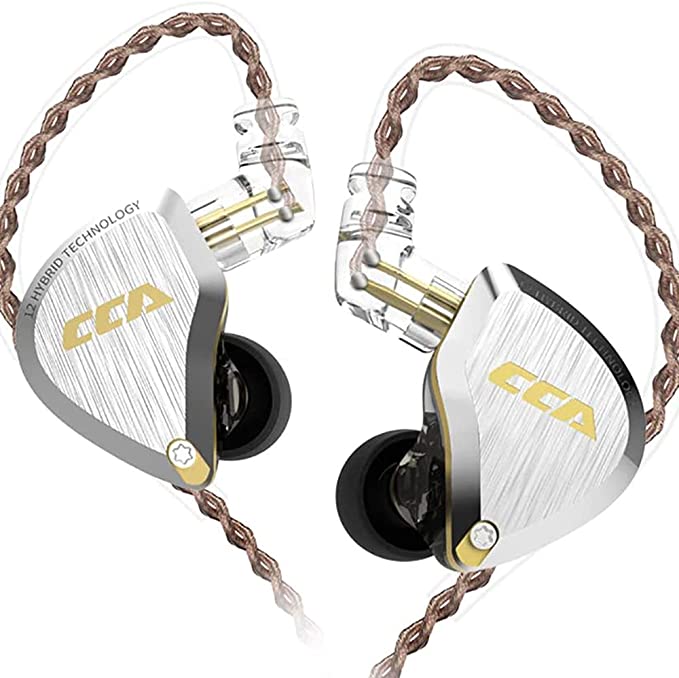Sony MDR-G52LP Street Style Headphones: Classic Sound, Retro Design
Update on March 20, 2025, 6:41 a.m.
Step back in time to the early 2000s. The world was rapidly going digital. MP3 players were shrinking, hard drives were expanding, and the way we listened to music was undergoing a revolution. The bulky, isolating headphones of the past were giving way to new designs, and among them, a unique contender emerged: the Sony MDR-G52LP Street Style headphones. These weren’t your typical headphones; they were a statement, a blend of technology and fashion that resonated with a generation on the move. And, crucially, they were open-back.

The MDR-G52LP: A Street Style Icon
The Sony MDR-G52LP, with its distinctive behind-the-neck design and open earcups, immediately stood out. This wasn’t just about listening to music; it was about experiencing it while staying connected to the world around you. Aimed at active individuals – joggers, walkers, skaters, and anyone who wanted to enjoy their tunes without being completely cut off from their environment – the MDR-G52LP promised a blend of sound quality, comfort, and awareness. The “Street Style” in the name wasn’t just a marketing buzzword; it reflected a design philosophy centered on portability, durability, and a connection to the urban landscape.
Behind the Design: Open-Back Acoustics
The defining characteristic of the MDR-G52LP is its open-back design. To understand its significance, we need a quick lesson in acoustics. Most modern headphones are closed-back, meaning the earcups are sealed to prevent sound leakage. This provides isolation, blocking out external noise and keeping your music private. Open-back headphones, however, do the opposite. The earcups have openings, often covered by a grille or mesh.
This seemingly simple difference has profound consequences. With an open-back design, air can move freely around the headphone driver (the component that actually produces the sound). This creates a more natural and spacious soundstage. Instead of feeling like the music is confined inside your head, it feels more like it’s surrounding you, similar to listening to speakers in a room. This also contributes to a more “airy” and less fatiguing listening experience, particularly for extended periods.
The downside, of course, is sound leakage. Your music will be audible to those around you, and you’ll be more aware of external noises. This makes open-back headphones less suitable for noisy environments like airplanes or crowded public transportation, but ideal for situations where situational awareness is important – think jogging, cycling, or working in a relatively quiet office.
The 30mm Driver: Heart of the Sound
At the core of the MDR-G52LP is its 30mm dynamic driver. In the early 2000s, this was a fairly standard size for portable headphones, larger than the tiny drivers found in most earbuds today, but smaller than the drivers typically found in full-size, audiophile-grade headphones. The size of the driver is a significant factor in determining the headphone’s sound characteristics. Generally, larger drivers can move more air, which translates to a greater potential for bass response and overall volume. The 30mm driver in the MDR-G52LP was chosen to strike a balance between portability and sound quality, providing a fuller sound than smaller earbuds while remaining compact enough for active use.
“Acoustic Twin Turbo”: Deciphering the Marketing
Sony’s marketing materials for the MDR-G52LP touted an “Acoustic Twin Turbo” circuitry, claiming it delivered “powerful bass.” While the precise technical details of this “circuitry” are scarce (and likely more marketing hype than complex engineering), the most plausible explanation is that it refers to a type of bass reflex port or vent within the earcup design.
A bass reflex port is essentially a small opening or tube that allows air to move in and out of the earcup enclosure in a controlled way. This carefully tuned airflow can enhance the low-frequency response of the driver, creating a more pronounced bass. It’s a common technique used in both speakers and headphones to improve bass performance without requiring a significantly larger driver. While we can’t be certain that “Acoustic Twin Turbo” is precisely a bass reflex port, it’s the most likely explanation for the enhanced bass claim, given the open-back design.
Behind-the-Neck: Form and Function
The behind-the-neck headband of the MDR-G52LP was another defining feature. This design was popular in the early 2000s, particularly for sports-oriented headphones. Its primary advantage is stability. The headband wraps around the back of the neck, providing a secure fit that’s less likely to shift or fall off during movement compared to traditional over-the-head headphones. This made the MDR-G52LP a popular choice for joggers, cyclists, and other active users.
However, the behind-the-neck design wasn’t without its drawbacks. Some users found it uncomfortable, particularly if they had larger heads or ears. The pressure from the ear rests, which sit on top of the ear rather than enclosing it, could cause discomfort over time. The non-adjustable nature of the headband also meant that it wasn’t a one-size-fits-all solution. The original included small rubber pieces to go behind the ear, some users removed them.
Sound Signature: A User Perspective
While technical specifications provide some insight into a headphone’s sound, the ultimate test is how it sounds to real users. Reviews of the MDR-G52LP from the time of its release, and even in retrospect, are mixed, but some common themes emerge.
Many users praised the headphone’s clear treble and overall balanced sound, especially considering its price point. The open-back design contributed to a sense of spaciousness that was appreciated by those who disliked the “closed-in” feeling of some headphones.
However, the bass response was a point of contention. Some users found it adequate, particularly with equalization adjustments, while others found it lacking, especially for bass-heavy genres like hip-hop or electronic music. This is not entirely surprising, given the inherent limitations of open-back designs in reproducing deep bass.
The clarity of the midrange (where vocals and most instruments reside) was generally considered good, although some reviews mentioned a slight dullness in the higher frequencies. Overall, the MDR-G52LP was generally viewed as providing a decent listening experience for its price and intended use, but it wasn’t an audiophile-grade headphone.
Sony’s Audio Legacy
The MDR-G52LP didn’t exist in a vacuum. It was a product of Sony, a company with a long and storied history in audio technology. From the revolutionary Walkman, which popularized portable music in the 1980s, to its pioneering work in digital audio formats like the CD and MiniDisc, Sony has consistently been at the forefront of audio innovation.
The MDR-G52LP, while a relatively modest product in Sony’s vast catalog, represented a continuation of the company’s commitment to portable audio and its willingness to experiment with different designs and form factors. It was a product of its time, reflecting the growing popularity of digital music and the increasing demand for headphones that could keep up with active lifestyles.
The Competition
The early 2000s saw a burgeoning market for portable headphones. The MDR-G52LP faced competition from other brands offering similar behind-the-neck designs, as well as from more traditional on-ear and over-ear headphones. Companies like Koss, Sennheiser, and Philips all offered competing models, each with its own strengths and weaknesses. The MDR-G52LP’s combination of Sony’s brand recognition, its open-back design, and its relatively affordable price helped it carve out a niche in this competitive landscape.
The MDR-G52LP Today: A Collector’s Item?
The Sony MDR-G52LP is no longer in production. It has been superseded by newer models with updated features like Bluetooth connectivity and noise cancellation. However, it hasn’t been entirely forgotten. You can still find used pairs for sale online, often at surprisingly high prices. This suggests that the MDR-G52LP has attained a degree of cult status among vintage audio enthusiasts and those who appreciate its unique design and sound signature.
Caring for a Classic
If you’re fortunate enough to find a working pair of MDR-G52LPs, a little care will go a long way. The most common point of failure is the foam earpads. These tend to deteriorate over time, crumbling and becoming uncomfortable. Replacements are available online, although finding exact matches for the originals can be challenging. Generic foam earpads designed for similar-sized headphones will often work, though they may slightly alter the sound signature.
The headband, while generally durable, can become brittle with age and exposure to sunlight. Avoid excessive bending or twisting, and store the headphones in a cool, dry place when not in use. The cable is another potential weak point. Avoid pulling or yanking on the cable, and be careful not to bend it sharply near the plug or the earcups.
The Open-Back Renaissance?
While closed-back headphones and earbuds dominate the market today, open-back designs have seen a resurgence of interest in recent years, particularly among audiophiles. Companies like Sennheiser, Grado, and Beyerdynamic continue to produce high-end open-back headphones that are prized for their natural soundstage and spacious imaging. These modern open-back headphones often incorporate advanced materials and driver technologies to overcome some of the traditional limitations of the design, such as weak bass response.
The renewed interest in open-back headphones suggests that there’s still a place for this classic design in the modern audio landscape. While noise cancellation is a valuable feature in many situations, there are times when being aware of your surroundings is just as important, or when you simply prefer a more natural and open listening experience.
Conclusion: More Than Just Headphones
The Sony MDR-G52LP Street Style headphones are more than just a discontinued product; they’re a snapshot of a particular moment in audio history. They represent a time when portable music was exploding, when design was experimenting with new forms, and when the balance between sound quality, portability, and awareness of the outside world was a key consideration.
While technology has moved on, the MDR-G52LP serves as a reminder that sometimes, the simplest designs have an enduring appeal. Its open-back acoustics, its comfortable (for some) behind-the-neck fit, and its undeniably retro aesthetic have earned it a place in the hearts of many audio enthusiasts. It’s a reminder that the best listening experience isn’t always about shutting out the world; sometimes, it’s about letting it in, just a little, while enjoying your favorite tunes. The MDR-G52LP offered a connection to both the music and the environment, a balance that’s still relevant today.
They were a part of the soundtrack of a generation, and their legacy, though quiet, continues.
